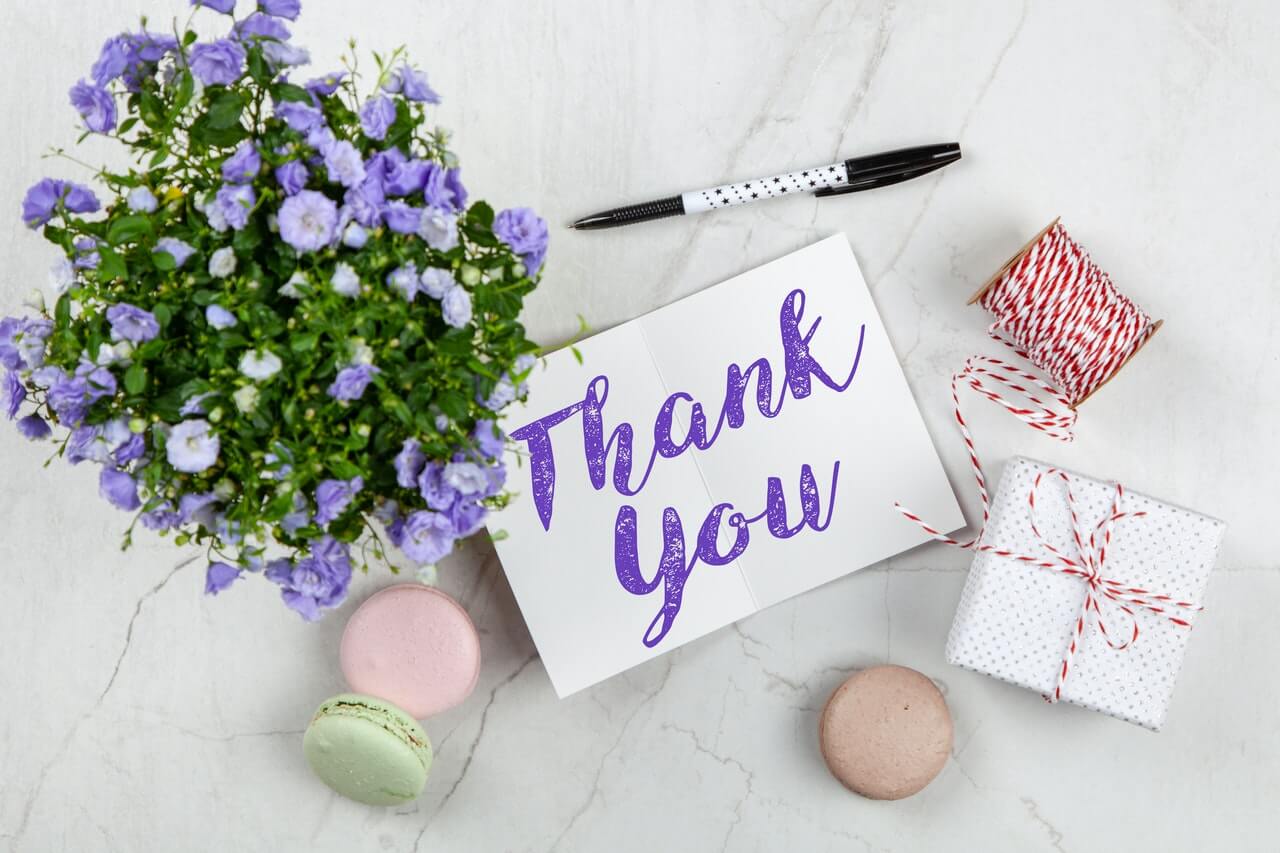Relationships Are Key.
Those three words summarize all practical and academic research about fundraising.
It takes a great deal of effort, thought, capability, energy, systems, and committed people to actually develop a sustainable, growing, and effective development program, but the idea that relationships are key is one that is at the root of all successful development efforts.
When people ask me which books I recommend for learning about fundraising, the first one on my list is not about fundraising, it’s about communication: “The Tipping Point, How Little Things Can Make a Big Difference,” by Malcolm Gladwell.
In the book, Gladwell shows how word-of-mouth communication can proceed more rapidly and more effectively than any other type of communication, and he describes three types of people necessary for this to happen: mavens, connectors and salesmen (or “persuaders”).
“Mavens are data banks. They provide the message.
“Connectors are social glue: they spread it.
“Salesmen are a select group—they have the skills
to persuade us when we are unconvinced of what we
are hearing, and they are as critical to the tipping point
of word-of-mouth epidemics as the other two groups.”
These principles apply to how your non-profit develops its messages and communicates with the public. Ideally you want all three types of people in your non-profit network: mavens, connectors, and persuaders.
In terms of developing a CFC revenue stream, here are some of the key items to consider as you develop your communications plan and messages:
1. Which Supporters Have a Federal Connection?
How many of your supporters have a Federal connection (Federal employees or former employees or retirees; or their spouses, children, or parents are Federal employees)? Please note that “supporters” are not restricted to “donors.” You may very well have supporters who think well of your organization, but, for whatever reason, are not in a position to be a donor at the present.
2. A Thank You Program for Those Anonymous Donors
A basic principle one learns in Fundraising 101 is to say, “Thank you.”
Do you have a creative program for thanking CFC donors, even when you do not get their individual names until May (or perhaps never)? Create a program where you publicly thank your supporters who have given to you through the CFC, not by individual name but by group, in your publications, website, and programs for special events:
THANK YOU CFC DONORS
Last year CFC contributions to our great non-profit helped
us keep the doors open and continue to provide services
to our clientele, even in times of economic hardship.
Please support us again this year through the CFC
with your gift through payroll deduction.
Our CFC Number is 00000
Messages similar to this should run throughout the year, in the spring when you learn the totals for your organization, and again in the publications that your supporters will see in the fall, during the CFC solicitation season.
=-=-=-=-=-=-=-=-=-=-=-=-=-=
In the next post about the CFC, I’ll talk about the most powerful tools
available to non-profits in the 21st century – and the tools are free!
=-=-=-=-=-=-=-=-=-=-=-=-=-=
During his 25-year career in the Federal sector, Bill Huddleston, The CFC Coach, served in many CFC roles. If you want to get involved in the Combined Federal Campaign, maximize your nonprofit’s CFC revenues, or just ask a few questions, this is the guy to contact … Bill [email protected] .

